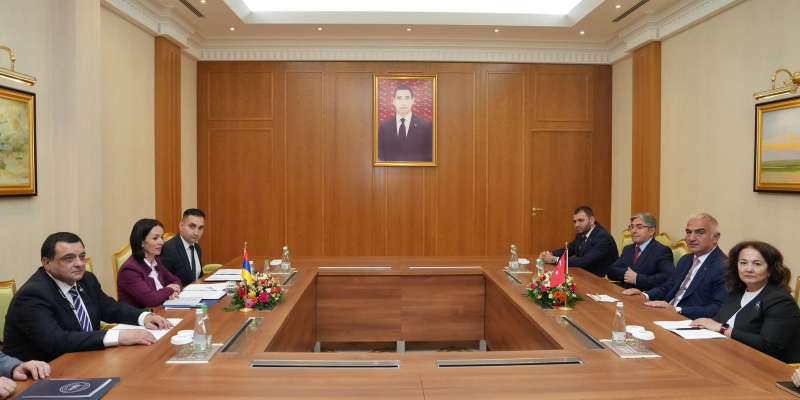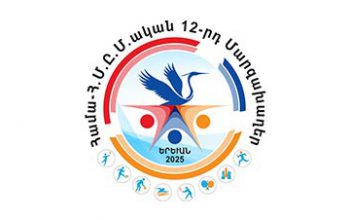By Levon Baronian
On May 17, Zhanna Andreasyan, Armenia’s Minister of Education, Science, Culture, and Sports, met with Mehmet Nuri Ersoy, Turkey’s Minister of Culture and Tourism, during the International Conference of Ministers of Culture in Ashgabat. According to the Armenian Ministry of Culture, the meeting focused on the restoration of the historic Ani Bridge, near the medieval Armenian capital, now in present-day Turkey. However, this seemingly benign discussion masks a far more troubling reality.
The Armenian Ministry of Education, Science, Culture, and Sports framed the discussion as part of broader efforts to fully settle relations between Armenia and Turkey. Yet, this engagement raises significant concerns, especially given Turkey’s persistent refusal to recognize the Armenian Genocide. The Armenian government, under the leadership of Prime Minister Nikol Pashinyan, continues to capitulate to Turkey’s demands, compromising on critical issues such as genocide recognition in favor of advancing Turkey’s positions.
Further fueling these concerns, Prime Minister Pashinyan recently urged Armenians to “overcome the trauma” of the massacre of their ethnic kin by Ottoman Turks more than a century ago. On April 24, as Armenians marked the anniversary of the Armenian Genocide, Pashinyan called for an end to yearning for their “lost homeland.” This statement was nothing more than an attempt to push the Armenian Genocide under the rug, encouraging the nation to move past an unresolved and deeply painful historical event.
During their meeting, Andreasyan and Ersoy discussed not only the technical and historical aspects of restoring the Ani Bridge but also broader cultural initiatives. These talks were portrayed as efforts to promote understanding and collaboration. However, this is merely a shallow diplomatic gesture, glossing over the deep historical wounds and ongoing injustices faced by Armenians.
The Ani Bridge, while a significant cultural monument, is being used as a political tool to divert attention from more pressing issues. The Armenian government’s willingness to prioritize such projects over the recognition of the Armenian Genocide is a thinly veiled betrayal of of our history and our people.
In reality, this cultural cooperation is just as a way for the Armenian government to align more closely with Turkey, despite the latter’s refusal to acknowledge the atrocities committed against Armenians. This move is a continuation of the Pashinyan regime’s capitulation that undermines the sacrifices and suffering of the Armenian people.
The discussions in Ashgabat, rather than being a genuine step towards reconciliation, are just a facade, masking the Armenian government’s concessions on crucial historical and political issues. The restoration of the Ani Bridge, in this context, becomes symbolic not of cultural unity, but of the Armenian government’s readiness to forsake our national principles for its own preservation.




